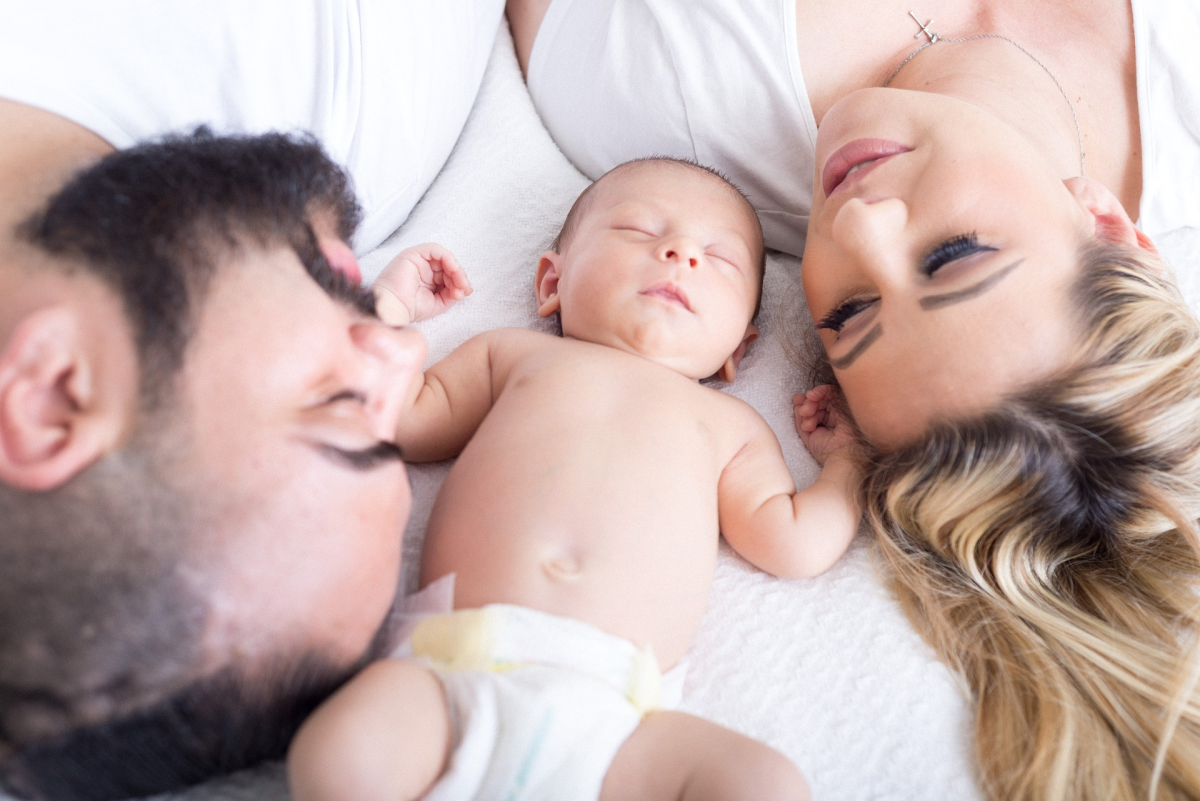Safe Sleep
Here are some ways you can help create a safer sleep space for your baby during the first year of life:
- ALONE: Remove everything from the baby's sleep area except a fitted sheet to cover the mattress. Remove all pillows, blankets, stuffed animals or toys from the sleep space.
- BACK: Always place babies on their backs to sleep for every sleep rather than their side or stomach.
- CRIB: Give babies their own sleep space and use a firm, flat sleep surface, such as a crib or bassinet. If your baby falls asleep in a car seat, stroller, swing, infant carrier or sling, you should move them to a firm sleep surface on their back as soon as possible



